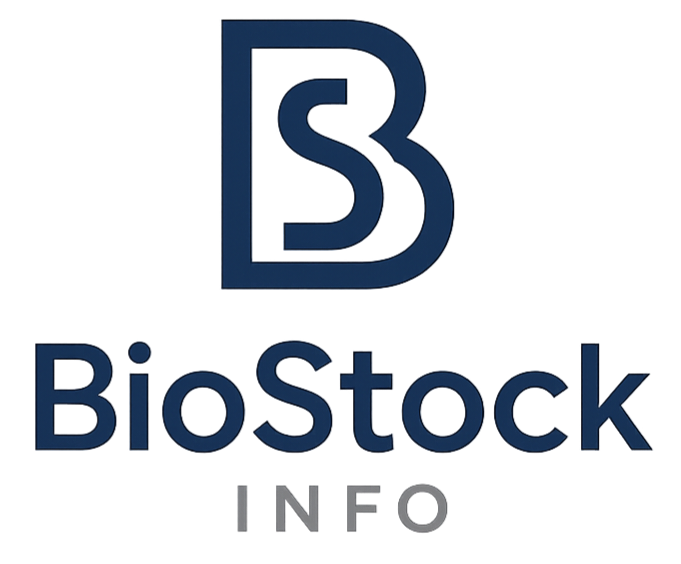CGTX Part 3 : The Investor's Dilemma - Partnership, Dilution, or Bust?
With a clear regulatory path and a drug demonstrating broad potential, Cognition Therapeutics has the scientific assets. Now, it all comes down to the money. The company's future hinges on securing a strategic partnership, presenting investors with a classic high-risk, high-reward scenario.

The Financial Reality - A Race Against Time
Let's be clear: a pivotal Phase 3 program for Alzheimer's is extraordinarily expensive. While Cognition's recently secured $30 million is a vital lifeline to begin preparations, it is a drop in the bucket compared to the capital required to run two full trials. The company's current cash position creates an urgent, make-or-break dynamic. They have a clear plan and a green light from the FDA, but they don't have the funding to execute it alone. This leads to two very different potential paths forward.
The Two Roads: Partnership vs. Dilution
- Path A: The Strategic Partnership (The Bull Case) This is the ideal and most sought-after scenario. A partnership with a major pharmaceutical company would bring several immediate benefits:
- Non-Dilutive Funding: A large upfront payment would fully fund the Phase 3 program without forcing the company to issue new, value-destroying shares.
- Validation: The backing of a Big Pharma player would serve as a massive vote of confidence in CT1812's science and commercial potential.
- Expertise & Resources: A partner would bring clinical and regulatory expertise to the table, further de-risking execution. The shorter, cheaper, and biomarker-targeted Phase 3 design makes CGTX a uniquely attractive asset for a potential partner looking to enter the Alzheimer's space with a differentiated, oral drug.
- Path B: Going it Alone (The Bear Case) If a partnership doesn't materialize in a timely manner, the company's only other option is to raise the necessary funds from the market. This would require a massive secondary offering, leading to significant and painful dilution for current shareholders. While it would allow the company to retain 100% of the drug's future upside, it would also depress the share price in the short term and place the full financial risk of the trials on the company and its investors.
Sizing Up the Competition
In the landscape of small-cap AD companies, CGTX stands out. While competitors like Anavex or private players like Alzheon are also developing oral therapies, CT1812's unique synapto-protective mechanism and its newly defined, biomarker-selected patient population provide a clear point of differentiation. For a pharmaceutical company looking for a novel, de-risked asset, CGTX's data-driven pivot following the SHINE trial setback could be seen as a sign of scientific rigor and strategic maturity.
The Bull vs. Bear Case - A Summary
The investment thesis for CGTX is now incredibly clear and binary, driven by near-term catalysts.
- The Bull Case: A partnership is announced in the next 3-6 months, validating the drug and providing the necessary funding. The highly targeted Phase 3 trials succeed, leading to CT1812's approval as the first oral therapy for a specific AD subpopulation. Simultaneously, positive data from the START trial positions it as a future backbone therapy. The market re-values the company based on blockbuster potential in AD, with DLB and dry-AMD as valuable call options.
- Speculative Valuation: A partnership could re-rate the company to a $500M+ market cap, while Phase 3 success could propel it well past $2B.
- The Bear Case: No partnership emerges. The company is forced into a highly dilutive financing round to fund the trials. The pressure of running two trials simultaneously proves too much, and one of them fails to meet its endpoint—the "Moonlake Therapeutics scenario (MLTX)" where one success is negated by one failure. The stock price falls dramatically as the company's financial runway shortens and its lead asset is compromised.
- Speculative Valuation: A failure in Phase 3 or an inability to fund the trials would likely send the market cap below $50M.
Final Verdict
Cognition Therapeutics presents investors with a quintessential biotech opportunity: a potentially game-changing scientific asset balanced on a knife's edge of clinical and financial risk. The company has skillfully navigated a major clinical setback and emerged with a clearer, more promising regulatory path. The science behind CT1812 is compelling, not just for Alzheimer's but for a host of other age-related diseases.
However, potential alone does not guarantee success. The company's future now rests almost entirely on its ability to secure a strategic partnership. The coming months will be critical. For investors, CGTX represents a high-stakes gamble with a clear set of catalysts. The risks are absolute, but the potential reward is not just financial—it's the chance to be part of a transformative new chapter in the treatment of neurodegenerative disease.
Please read the company's latest presentation and publications for better understanding.
Open CGTX Investor Relations Website
Disclaimer
The information provided on this website is for informational purposes only and should not be construed as
financial, investment, legal, or professional advice. While efforts are made to ensure accuracy, no guarantee
is given regarding completeness or reliability. Visitors should conduct their own research or consult a qualified
advisor before making any decisions. External links are provided for convenience and do not imply endorsement.
